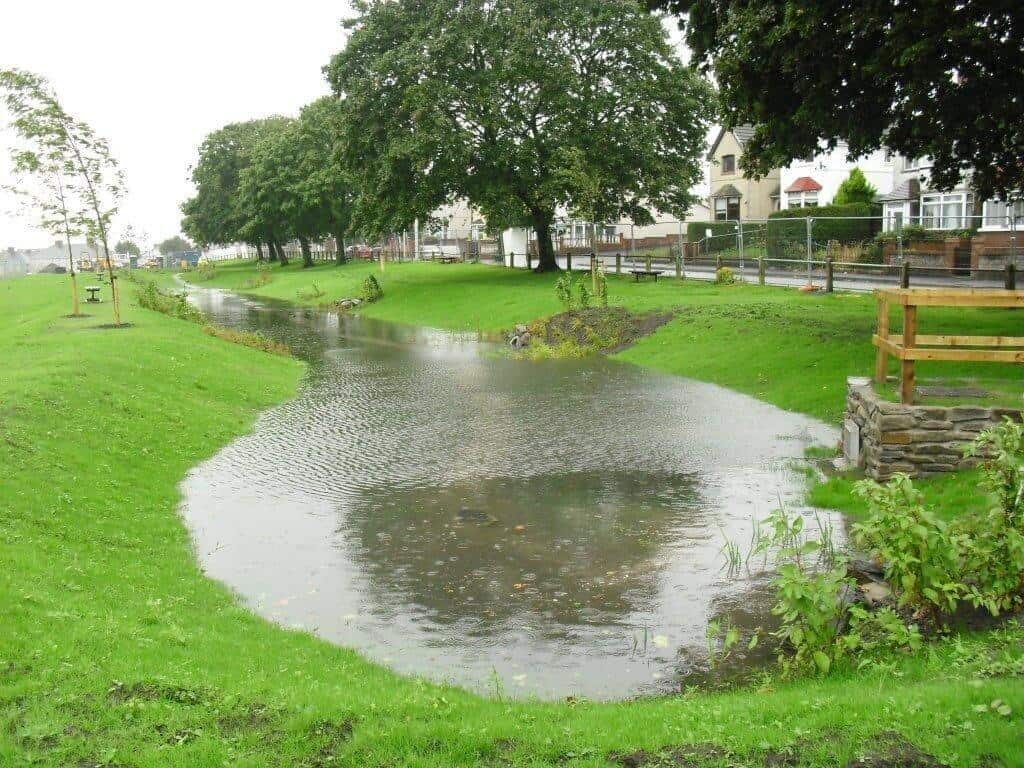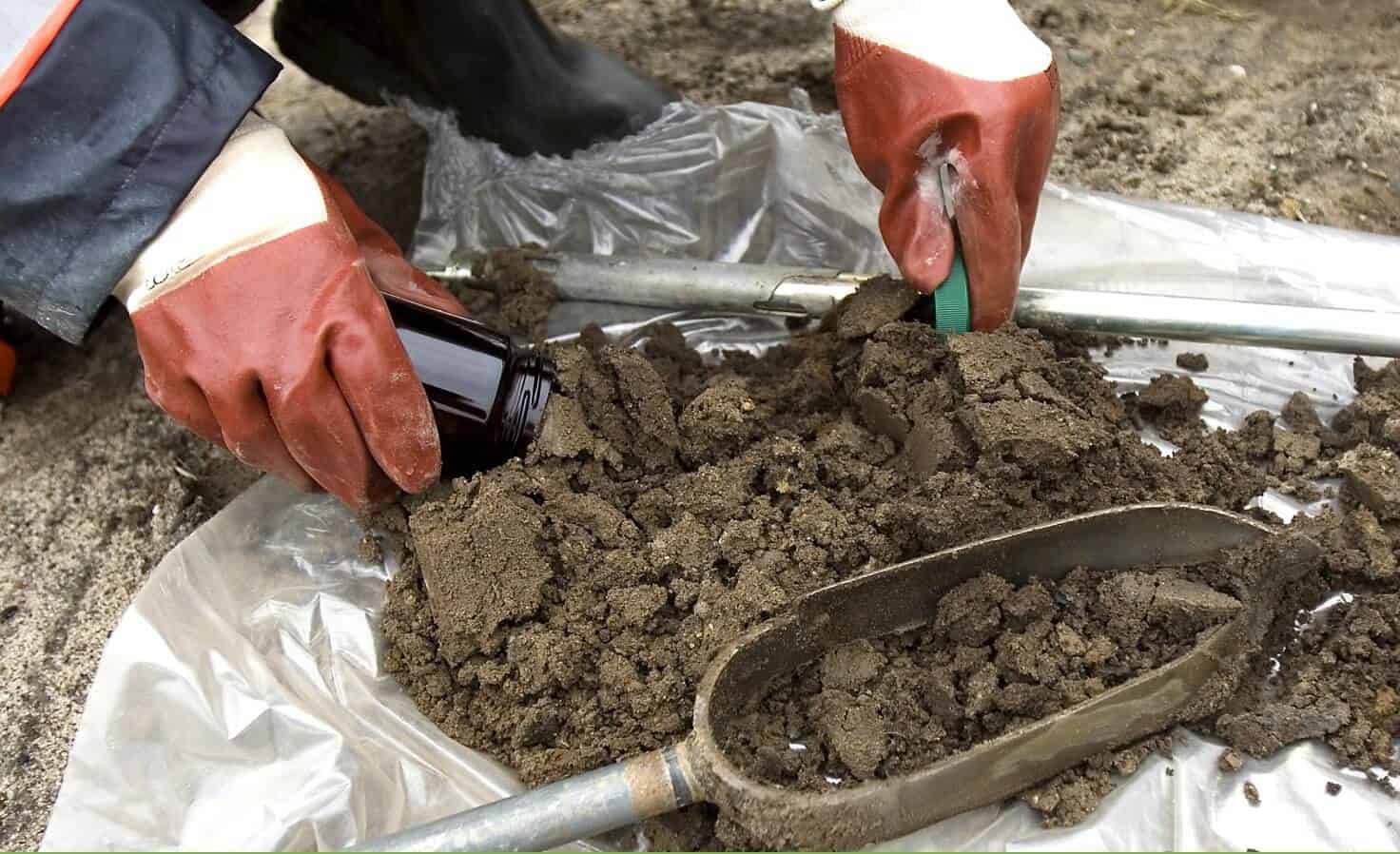In addition to assessing the suitability of existing foundations for extensions and subsidence prevention, our trial pit service is also instrumental in identifying crucial construction details, particularly when it comes to drainage systems. Clients often require this information for build-over agreements as mandated by local water authorities. Understanding the relationship between drainage pipes and foundations is essential for ensuring compliance with regulations and preserving the integrity of both the property and public infrastructure.
Finally, clients who suspect subsidence in their property often turn to our trial pit service to evaluate whether the foundation has been designed to an adequate standard. Subsidence can result in significant structural damage and costly repairs, making it crucial to address this issue promptly. Our comprehensive assessments not only identify potential causes of subsidence but also offer guidance on appropriate remedial measures. By choosing our services, clients benefit from the peace of mind that comes with knowing their property is safe, secure, and compliant with building regulations.





